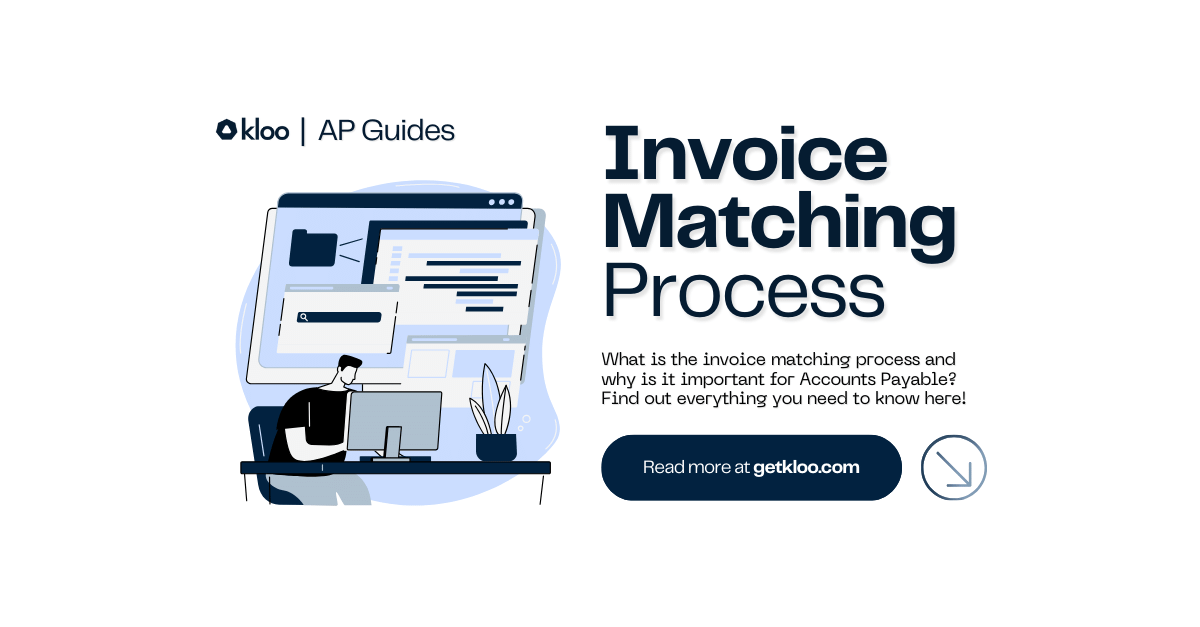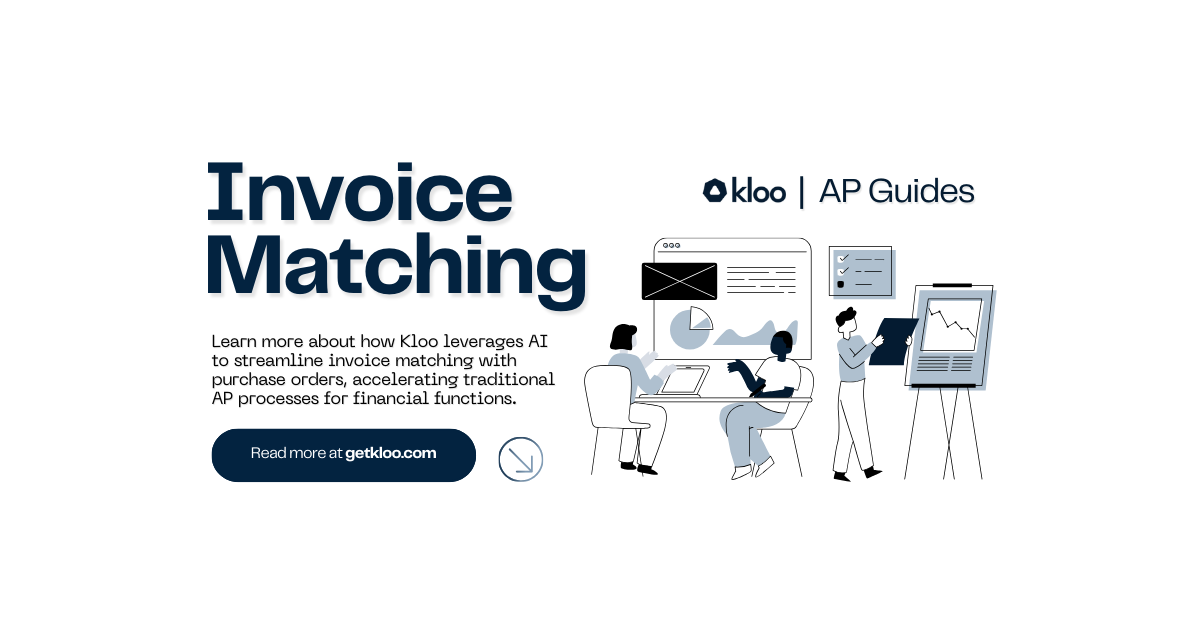
Automated Matching: The Benefits of Automating Invoice and PO Matching
Invoice matching is a critical function in accounts payable (AP) that involves cross-referencing the details on an invoice to those on the corresponding purchase order (PO). This process ensures that businesses only pay for goods or services that have been accurately delivered and billed. Matching can be either 2- or 3-way, 2-way matching comparing just the purchase order and the invoice, while 3-way matching adds a comparison with the goods receipt to verify that the items were received as specified. Effective matching is essential for maintaining financial integrity, preventing fraud, and managing cash flow.
How Matching Can Be Automated
Automating the matching process can dramatically improve the efficiency of AP operations. Traditional methods, which are often manual, can be slow and prone to errors. Automation comes in two primary forms: rules-based and AI context-based matching.
-
Rules-Based Matching uses predefined rules to match invoice details against PO data. This method works well when the data across documents matches exactly but struggles with any discrepancies, such as different name formats or minor typos.
-
AI Context-Based Matching employs advanced algorithms capable of understanding the context within the data, allowing it to handle slight discrepancies in document details. For example, if a PO lists a supplier as "XYZ Incorporated" and the invoice shows "XYZ Inc.," context-based AI can discern that these entries refer to the same entity, thus reducing the need for manual intervention and keeping the process automated.
Not sure how to pick a matching software solution? Read our guide here.
The Benefits of Automation
Automating invoice and PO matching brings several advantages:
-
Increased Efficiency: Automation speeds up the matching process, reducing invoice processing times, contributing to a more efficient purchase order process.
-
Reduced Costs: By minimising manual interventions, companies can lower their operational costs related to AP processing.
-
Enhanced Accuracy: Automated systems reduce human error, ensuring payments are accurate and fraud risks are mitigated.
-
Improved Compliance: Automation helps in adhering to contractual terms and regulatory requirements by providing a clear, auditable trail of documents from purchase order to goods receipt.
-
Better Vendor Relations: Faster processing leads to timely payments, which can improve relationships with suppliers and may qualify the business for discounts on early payments.
-
Scalability: Automated systems can easily scale with your business growth without the proportional increase in workload for your AP department.
-
Strategic Resource Allocation: Freeing up staff from tedious matching tasks allows them to focus on more strategic, value-added activities within the finance function.
The Bottom Line
Automating invoice and PO matching is not just a tick box exercise, but a strategic necessity for businesses looking to optimise their financial operations. With the help of advanced AI technologies, companies can achieve a high degree of accuracy and efficiency, leading to cost savings, tighter financial control, and stronger vendor relationships. The shift from manual processes to automated solutions represents a critical step towards achieving greater operational efficiency and financial control.
To learn more about Kloo's proposition for PO management and purchase requisition, check out our Purchasing Copilot page.
Let's get started

